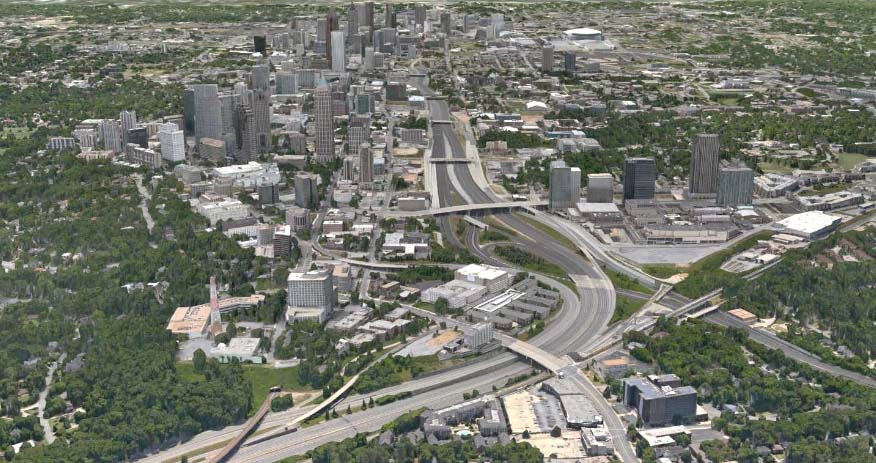Trees provide substantial benefits to the environment. In addition to improving air quality, reducing stormwater runoff, serving as a wildlife habitat, and sequestering carbon by absorbing carbon dioxide, trees also cool the atmosphere through shade and transpiration (loss of water vapor). As the world’s climate warms, some cities are planting trees to increase the amount of canopy cover needed to counteract the heat island effect, an atmospheric condition in which urban areas are warmer than their rural surroundings. The percentage of tree canopy coverage that is needed to realize a cooling effect had been largely unknown until researchers reporting in the journal Proceedings of the National Academy of Sciences of the United States of America (April 2019) measured the effect of canopy cover on daytime air temperature in a city in the Midwestern United States using bicycle-mounted sensors. See also: Global climate change; Plant-water relations; Tree; Urban climatology; Urban tree leaves remove fine-particulate air pollution

On the scale of a city block, the researchers found that when canopy cover exceeded 40 percent, daytime air-temperature cooling was greatest—as much as four to five degrees Celsius, compared to treeless areas. Below 40 percent canopy cover, only moderate cooling was observed. These results offer a promising baseline for city planners, in terms of mitigating the daytime heat island effect. For example, about 20 percent of the land in Philadelphia, Pennsylvania, is currently covered by tree canopy. Philadelphia’s goal of increasing tree canopy coverage to 30 percent in every neighborhood may not have a noticeable impact in reducing the heat island effect. However, for cities that meet or exceed the 40 percent tree-canopy baseline, additional tree planting could result in large increases in cooling. See also: Air temperature; Land-use planning





